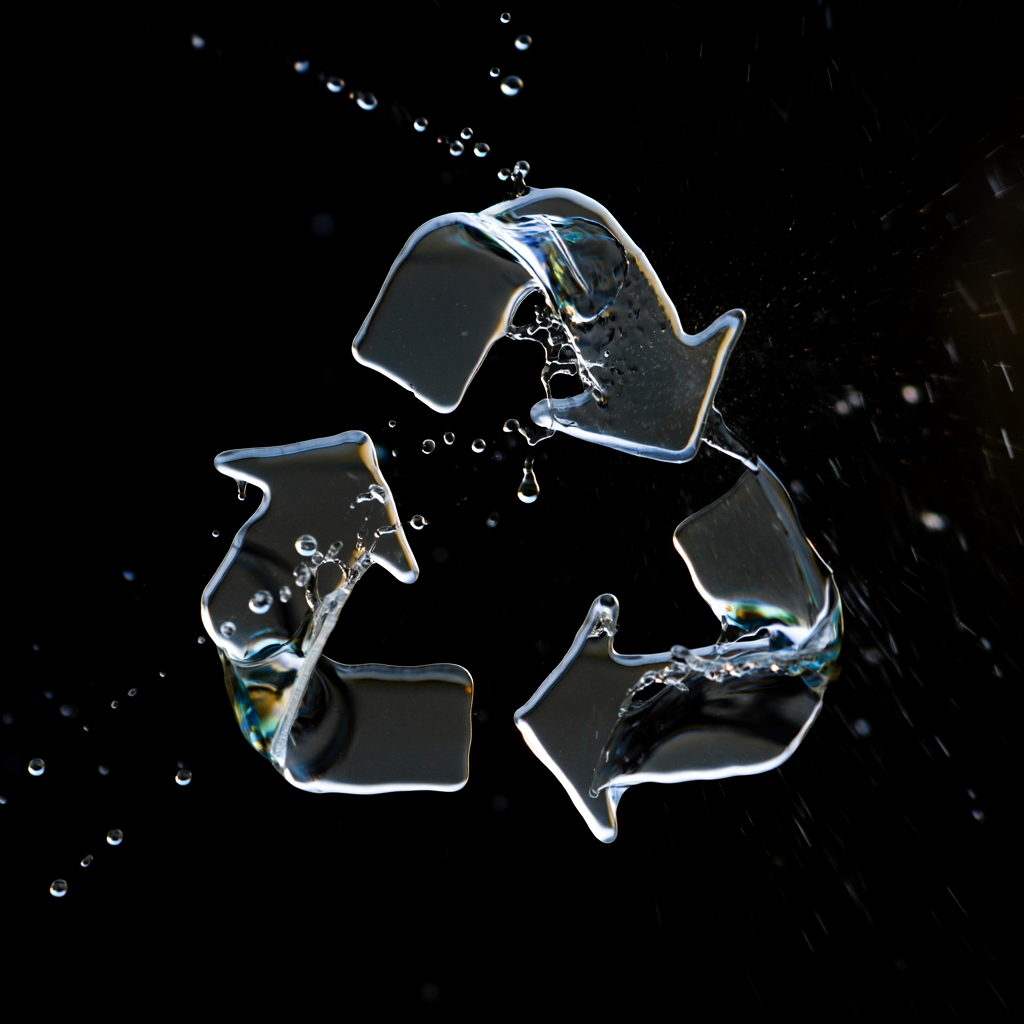Industrial Wastewater Reuse – Implementing the EU 2024 Water Reuse Regulation in Practice

Treated wastewater could replace up to 40% of industrial freshwater demand in Europe. With tightening EU regulations and increasing water scarcity, industries across Europe are now looking at wastewater reuse as a key part of their sustainability and cost-reduction strategy.
Amid water scarcity, climate change and increasing industrial water consumption, the recycling of treated wastewater has become key for industry players. New EU regulations support and encourage this approach: the EU 2020/741 Water Reuse Regulation came into force on 26 June 2023 and sets harmonised minimum water quality requirements for industry and agriculture. Water4All aims to provide practical, technical solutions on how to integrate the recycling of treated wastewater into industrial processes, meeting new expectations.
The EU regulatory framework — what does the new regulation require?
- EU Regulation 2020/741 harmonises minimum requirements for the recycling of treated urban waste water for agricultural irrigation, but can also be extended to industrial use.
- The regulation requires risk management, monitoring and transparency — each project must carry out a risk assessment and a regular review to assess health and environmental risks.
- The EU expects Member States to encourage water recycling at all urban waste water treatment plants, especially where water shortages are significant.
- The Regulation provides for the possibility for certain Member States to apply an opt-out in certain areas, but these should be reviewed periodically.
Technical, operational challenges and solutions
1. Establishing target parameters
Each industrial reuse case (cooling water, process water, cleaning, etc.) demands specific quality parameters. These are determined based on influent composition, required end-use and local regulations.
2. Technological steps and system lines
Technologies that are often used in the concept:
- Pretreatment (clarification, sedimentation)
- Biological purification
- Ultrafiltration/Microfiltration
- Advanced Oxidation Processes
- Reverse Osmosis (RO)
- Final disinfection
Selecting and combining these stages ensures the required quality and system reliability.
3. Risk management and monitoring
Comprehensive sampling, laboratory testing and risk documentation are essential — particularly for water streams that may result in human exposure. Periodic audits confirm ongoing compliance.
4. Integration and operational security
Reuse systems must integrate seamlessly into existing industrial water networks. Design considerations include redundancy, backflow protection and chemical adjustment capabilities to maintain stability.
5. Economy and life cycle calculation
Feasibility assessments compare capital and operational costs (energy, chemicals, maintenance) to the cost of purchased freshwater. In many cases, reuse achieves payback within 2–3 years due to reduced water tariffs and wastewater discharge fees.
Practical implementation - steps and example
Steps:
- Requirement assessment + target parameter compilation
- Sampling, analysis and risk assessment
- System design and technology selection
- Permitting and compliance review
- Construction, commissioning and calibration
- Operation, optimisation and continous improvement
Example:
An industrial facility with 500 m³/day cooling demand implemented a reuse system using clarification → biological treatment → photo-oxidation → RO → disinfection. The system reduced freshwater intake by 40%, achieved compliance with EU standards and paid back the investment within two years.
Benefits, Risks and Future Perspectives
Main benefits:
- Reduced freshwater use and sustainable water management
- Lower operating costs over time
- Enhanced sustainability image and EU compliance
- Increased operational independence
Main risks:
- High initial investment
- Technological risks (management of errors in distributed systems)
- Public reception and regulatory approval delays
- Energy demand of advanced filtration systems
Looking ahead:
The upcoming Urban Wastewater Treatment Directive (UWWTD) will further promote resource recovery — including water reuse, nutrient recovery and energy generation. In this context, industrial reuse is no longer optional but a strategic sustainability tool.